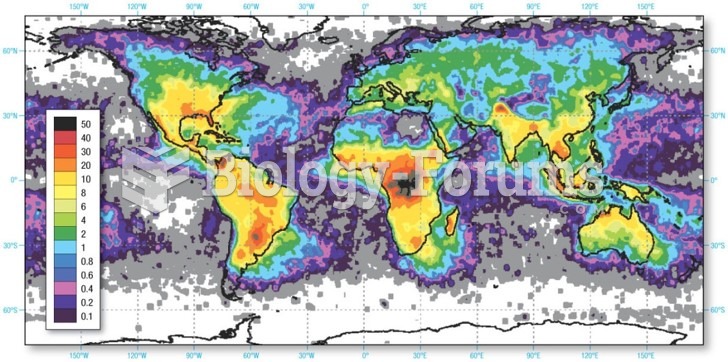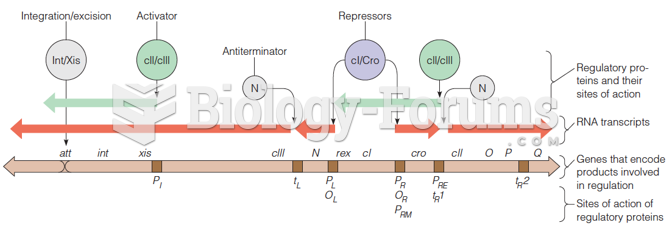Answer to Question 1
Computer scientists and information technologists' vision was of a universal communications and computing environment that everyone could access with inexpensive computers. Their interest was in creating a vast worldwide information collection from libraries, universities, governments, and scientific institutions that was ungoverned by any nation and free to all. They believed that the Internet, and by extension, the e-commerce that operated within the infrastructure, should be self-governed and self-regulated.
Economists envisioned a near-perfect competitive market where price, cost, and quality information are equally distributed. The marketspace would include a nearly infinite number of suppliers with equal access to hundreds of millions of customers, but where those consumers in turn would have access to all relevant market information a hypercompetitive market. Market middlemen would disappear, resulting in lowered costs to consumers. This intensely competitive, disintermediated environment with lowered transaction costs would eliminate product brands as well as the possibility of monopoly profits based on brands, geography, or special access factors. Unfair competitive advantages and the ability to reap returns on capital that far extended a fair market rate of return would be eliminated. Their vision was called friction-free commerce.
Entrepreneurs, venture capitalists, and marketers in turn saw e-commerce as an opportunity to earn great returns on invested capital. They saw the e-commerce marketspace and technologies as a powerful method of increasing their ability to even more precisely segment the market into groups with different price sensitivities. They believed that huge profits could be garnered by firms that quickly achieved high market visibility and that these successful first movers would become the new intermediaries of e-commerce, displacing the traditional retail merchants and content suppliers.
Computer scientists' vision of an ungoverned Internet has not come to fruition as governments have increasingly sought to regulate and control the technology to ensure that positive social benefits result. The economists' vision has also for the most part not materialized for a variety of reasons. Consumers have proven to be less price sensitive than expected and the importance of brand names to consumers' perceptions of quality and service has been extended rather than decreased or eliminated. Entrepreneurs have discovered new methods for differentiating products and services. New information asymmetries are continually being introduced by marketers. Disintermediation has also not occurred as new middlemen emerged. The visions of the entrepreneurs, venture capitalists, and marketers have also largely not come to fruition as the first movers from the early years of e-commerce only rarely succeeded. The fast follower large traditional firms with the resources needed to develop mature markets are displacing most of the venture capitalist backed entrepreneurs.
Answer to Question 2
D







